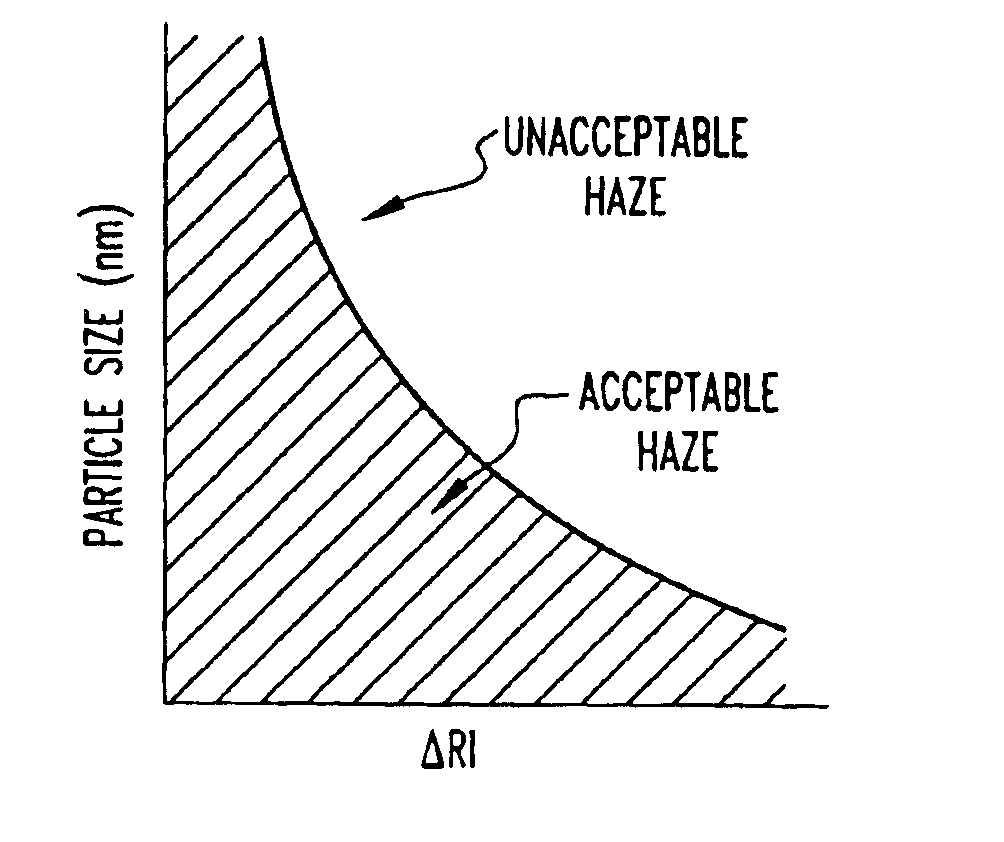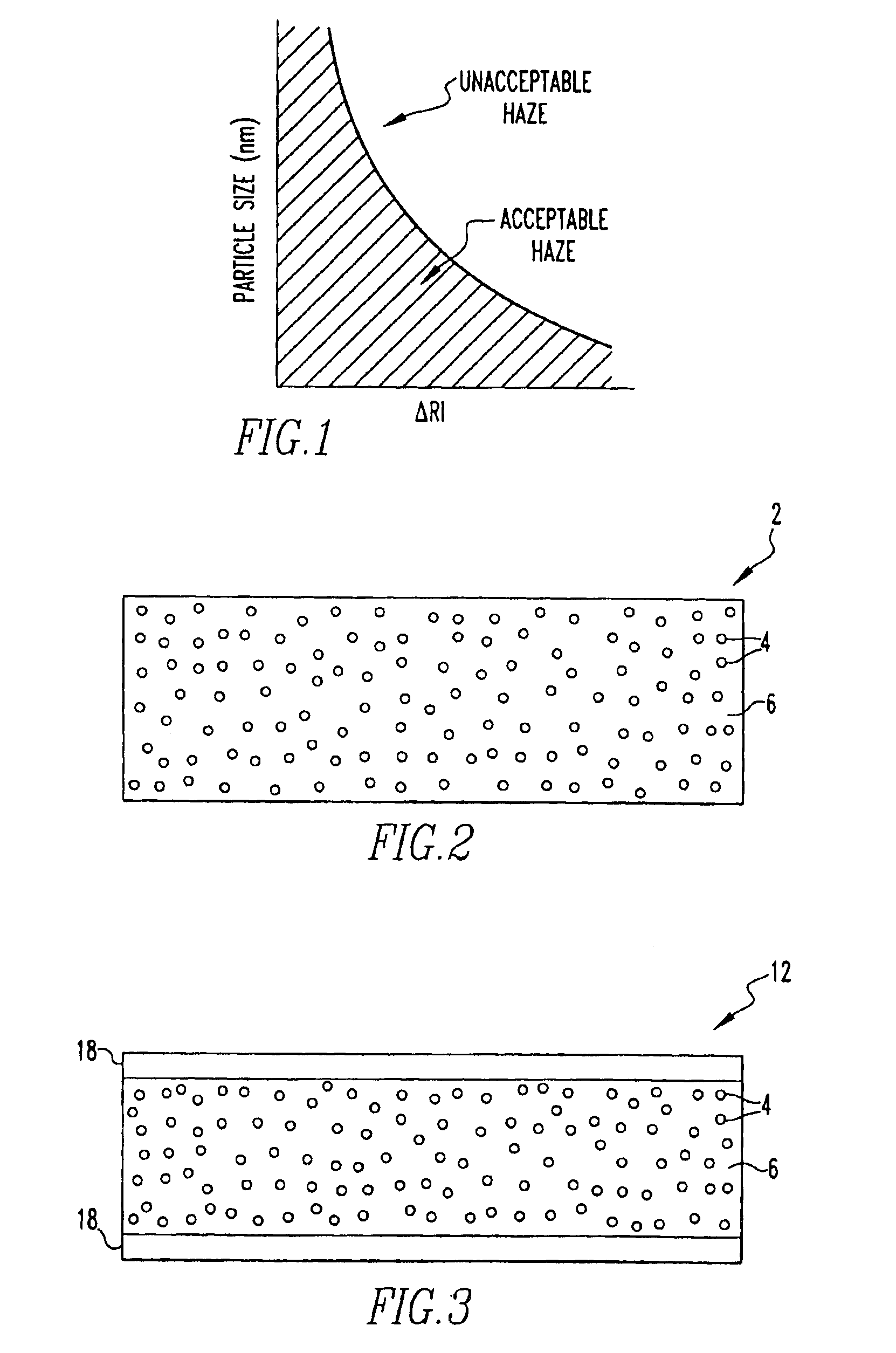Use of nanoparticulate organic pigments in paints and coatings
a technology of organic pigments and nanoparticulates, applied in the field of coating compositions containing nanoparticulate organic pigments, can solve the problems of affecting the color of the paint formulation originally painted on the vehicle during production, difficult to achieve using conventional colorants, and difficult to achieve color change effects
- Summary
- Abstract
- Description
- Claims
- Application Information
AI Technical Summary
Benefits of technology
Problems solved by technology
Method used
Image
Examples
example 1
Chromothal® Yellow BGN (Ciba Specialty Chemicals, Inc., High Point, N.J.) was milled and dispersed on an Advantis® mill (Draiswerke, Inc., Mahwah, N.J.) using Solsperse® dispersants (Avecia, Inc., Wilmington, Del.) and Zonyl® (polytetrafluoroethylene) (E.I. duPont de Nemours and Company, Wilmington, Del.), Table 1 sets forth the milling components and conditions. For analysis, the final colorant was diluted with n-butyl acetate. Table 2 lists the properties of the final colorant. The average primary particle size was obtained with a Philips CM12 transmission electron microscope (TEM) at 100 kV. The % haze was measured with a Byk-Gardner TCS (The Color Sphere) instrument having a 500 micron cell path length. The visible absorption spectrum of the pigment composition was obtained with a Perkin-Elmer, Lamda 2, UV / vis spectrometer in a cuvette with 1 cm path length and is reproduced in FIG. 7 with the spectrum normalized to 1 at the wavelength of maximum absorbance. The crosshatched reg...
example 2
A magenta pigment of Hostaperm® Pink EB Trans (Clariant Corporation, Charlotte, N.C.) was milled and dispersed and analyzed as in Example 1. See Tables 1 and 2. In FIG. 8, the visible absorption spectrum is normalized to 1 at the wavelength of maximum absorbance. The crosshatched region represents the integrated absorbance over those wavelengths within a 100 nm wavelength range centered at the wavelength of maximum absorbance and within the visible range of 400 to 700 nm. With this colorant, 75% of the total absorbance in the visible spectrum occurs between the wavelengths of 500 to 600 nm.
example 3
A cyan pigment of Heliogen® Blue L 7081D, (BASF Corporation, Mount Oliver, N.J.) was milled and dispersed and then analyzed as in Example 1. In FIG. 9, the spectrum is normalized to 1 at the wavelength of maximum absorbance. The crosshatched region represents the integrated absorbance over those wavelengths within a 100 nm wavelength range centered at the wavelength of maximum absorbance and within the visible range of 400 to 700 nm. With this colorant, 70% of the total absorbance in the visible spectrum occurs between the wavelengths of 600 to 700 nm.
FIG. 10 includes the spectra of FIGS. 7-9 without the crosshatched regions. The relatively narrow absorbance peaks of the colorants of Examples 1-3 and minimal overlap therebetween is demonstrated in FIG. 10 (Example 1, dotted line; Example 2, dashed line; Example 3, solid line).
PUM
| Property | Measurement | Unit |
|---|---|---|
| Fraction | aaaaa | aaaaa |
| Fraction | aaaaa | aaaaa |
| Fraction | aaaaa | aaaaa |
Abstract
Description
Claims
Application Information
 Login to View More
Login to View More - R&D
- Intellectual Property
- Life Sciences
- Materials
- Tech Scout
- Unparalleled Data Quality
- Higher Quality Content
- 60% Fewer Hallucinations
Browse by: Latest US Patents, China's latest patents, Technical Efficacy Thesaurus, Application Domain, Technology Topic, Popular Technical Reports.
© 2025 PatSnap. All rights reserved.Legal|Privacy policy|Modern Slavery Act Transparency Statement|Sitemap|About US| Contact US: help@patsnap.com



